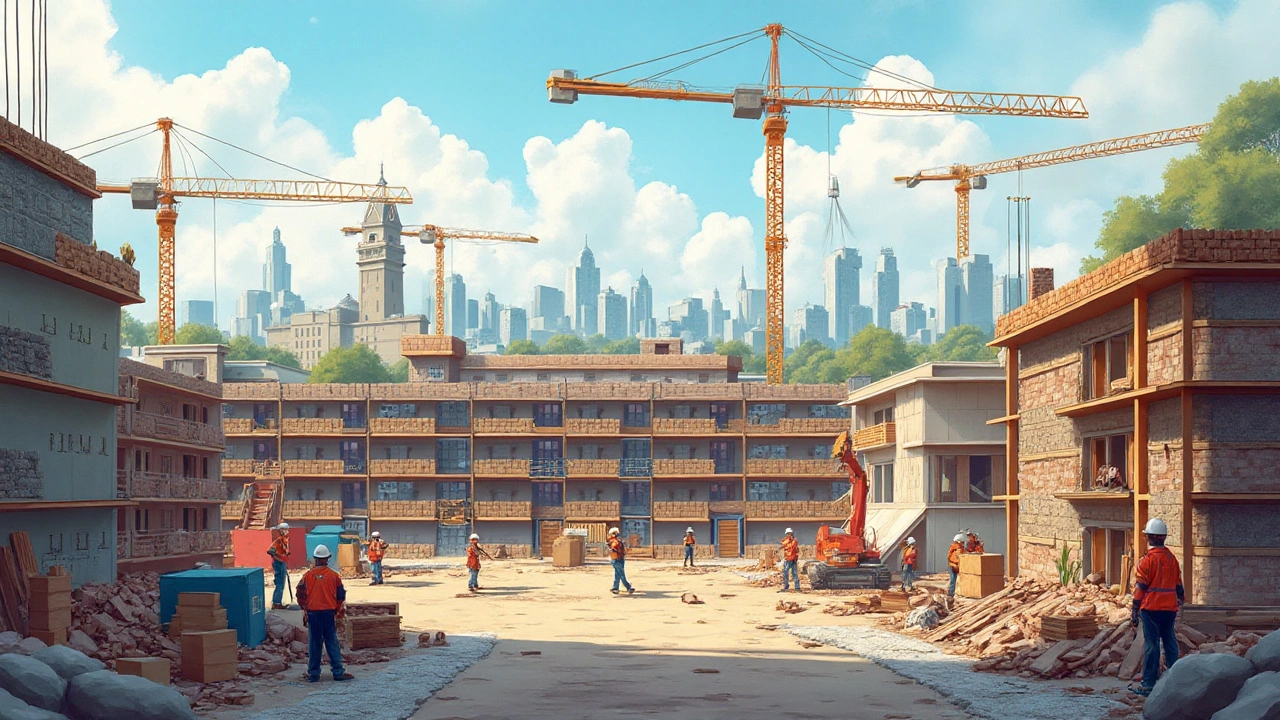Discover the key raw materials that serve as the foundation for construction around the world. This article explores five essential materials vital in building homes, infrastructures, and urban landscapes. Gain insight into their natural origins, significance in construction, and factors that influence their selection. Whether you're a professional or simply curious, enrich your understanding of the elements that shape our environments. Uncover interesting facts and practical tips for using these materials effectively.
Primary Materials – The Basics Every Builder and Designer Needs
If you’re starting a renovation, a new build, or just swapping out a few tiles, the first thing to decide is what material you’ll use. The right choice saves money, cuts waste, and makes the finished space last longer. Below we break down the most common primary materials, why they matter, and how to pick the best one for your job.
Why These Materials Matter
Stone, brick, concrete, steel and timber are the backbone of most construction projects. Each has its own strengths. Stone is ultra‑durable and looks great in kitchens, bathrooms and outdoor walls. Brick gives a warm, classic look and handles weather well. Concrete is the workhorse for foundations, floors and structural walls – it’s cheap, strong, and molds to any shape. Steel adds strength without bulk, perfect for frames, beams and modern design touches. Timber brings warmth, is easy to cut, and works well for interiors, flooring and roof structures.
Choosing the right material isn’t just about looks. You have to think about load‑bearing needs, moisture exposure, maintenance, and budget. For example, a bathroom floor that sees a lot of water will last longer with a waterproof concrete slab topped with a stone or tile finish, while a living‑room wall can be a decorative brick veneer that doesn’t carry any load.
Choosing the Right Material for Your Project
Start by listing what each room or area will do. Ask yourself: Will it hold weight? Will it get wet? Does it need to look high‑end? Then match those answers to the material traits.
- Load‑bearing walls: Use reinforced concrete or steel studs. They keep the building safe and level.
- Wet zones: Go for stone, tile or waterproofed concrete. These won’t rot or warp.
- Budget‑friendly interiors: Brick veneer or engineered timber panels give a nice look without the price of solid stone.
- Eco‑friendly builds: Look for timber sourced from sustainable forests or recycled steel. Both reduce carbon footprint.
When you’re unsure, start small. Test a sample of the material in the actual space. Light, colour, and texture can change dramatically once installed. And always check local building codes – some areas require fire‑rated steel or specific concrete mixes.
Finally, think about long‑term care. Stone needs sealing every few years, timber may need regular polishing, and steel can rust if not treated. The maintenance plan should fit your lifestyle; nobody wants a beautiful floor that turns into a repair nightmare.
Bottom line: primary materials are simple, but the right choice makes all the difference. Pick based on function, look, cost, and upkeep, and you’ll end up with a space that feels solid, looks great, and stays that way for years.
